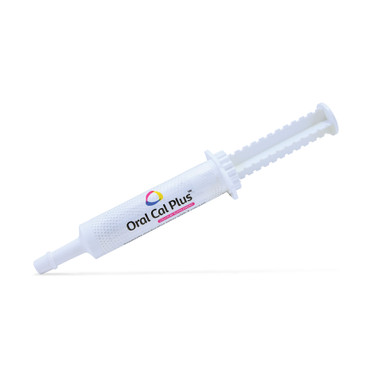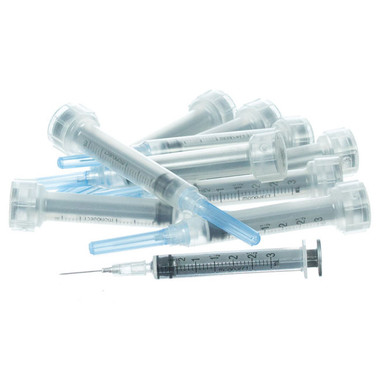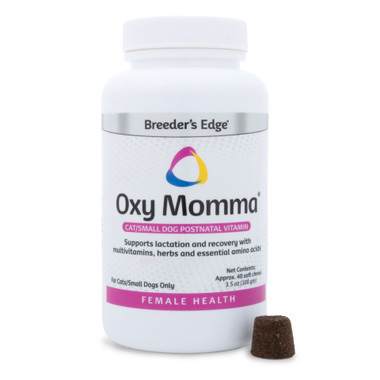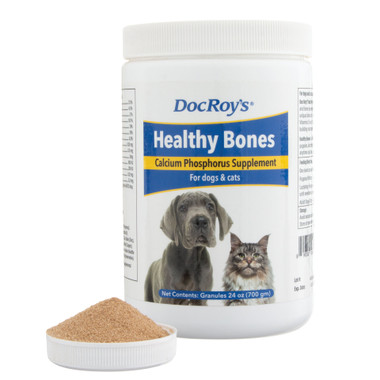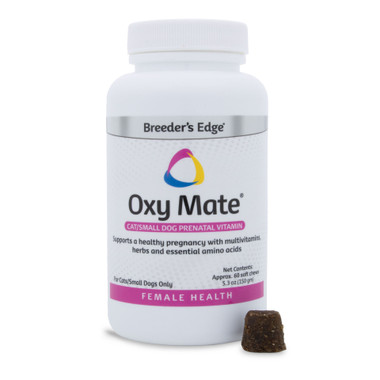Why Do Dogs Sniff Privates? Decoding Canine Greetings
Estimated 0 min read
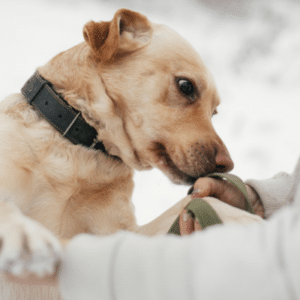
Curious dog sniffing person.
Picture this: You’re hosting a get-together with friends and family, and everyone’s enjoying the festivities.
Then, out of nowhere, your beloved canine companion decides it’s time for an up-close and personal inspection of your guests’ nether regions.
Cue the awkward laughter, red faces, and frantic attempts to distract your furry investigator! If you’ve ever wondered why on Earth your dog feels compelled to sniff human private parts, you’re not alone.
That’s why we decided to put together this short blog, where we’ll embark on a fascinating (and slightly blush-inducing) journey to uncover the science behind this peculiar canine behavior.
Whether you’re a dog parent, a cat enthusiast, or simply a curious soul, we promise to make this exploration as informative, engaging, and entertaining as possible.
So, buckle up, and let’s dive nose-first into the wonderfully scented world of canine olfaction.
Facts about why dogs sniff private parts
- Dogs’ noses are incredibly powerful, with millions of olfactory receptors, allowing them to gather extensive information through scent.
- Dogs use sniffing as a means of gathering social information, including emotions, health, and trustworthiness
- By redirecting their attention, using positive reinforcement, and providing alternative stimuli, pet parents can guide their dogs towards more appropriate greeting behaviors.
The Science Behind a Dog’s Nose
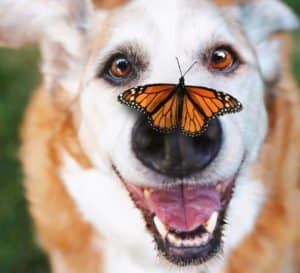
A dog’s nose has super-sniffing ability.
We often marvel at the sensory abilities of our feline companions, but it’s time to give credit to their canine counterparts for their incredible olfactory prowess. A dog’s sense of smell is up to100,000 timesmore sensitive than that of humans, making it one of their most critical tools for understanding the world around them.
At the heart of this super-sniffing ability lies a remarkable nasal architecture. Dogs have around300 million olfactory receptorsin their noses, compared to a mere six million in humans. This abundance of receptors, combined with a large portion of their brain dedicated to analyzing odors, allows them to discern an astonishing variety of smells.
In the canine world, scent plays a central role in communication. While cats rely heavily on visual cues and body language, dogs gather information primarily through their noses. They use scent to identify friends and foes, mark their territory, and detect everything from potential dangers to potential mates.
To accomplish this, dogs employ their vomeronasal organ, also known as the Jacobson’s organ. This specialized structure located within their nasal cavity enables them to detect chemical compounds known as pheromones. Pheromones are responsible for conveying crucial information between members of the same species, such as reproductive status, social rank, and even emotions.
As we delve into the fascinating world of canine olfactory communication, it’s essential to remember that each animal has its unique way of interacting with its environment. And while we may not be able to fully comprehend the full power of their snout, we can certainly appreciate the complexity of their scented language.
Why Do Dogs Sniff Privates?:
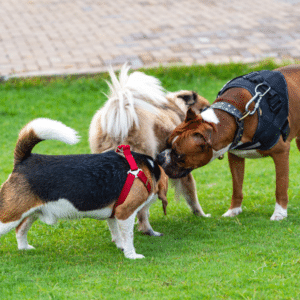
Dogs sniffing another’s private parts.
Now that we’ve explored the remarkable world of canine olfactory communication, let’s delve into the burning question: why do dogs sniff privates? Our feline-loving readers may find this behavior baffling, but rest assured, there’s a logical explanation behind it.
When dogs sniff the private areas of humans, they’re not trying to invade personal space or embarrass us. Instead, they’re simply gathering information about new people they encounter.
In both humans and animals,apocrine glandsare responsible for producing scents that carry vital social information.
These glands are concentrated in areas such as armpits and, you guessed it, the private regions. In the canine world, these scent markers play a significant role in social interactions. By detecting the unique chemical cocktail produced by our apocrine glands, dogs can learn essential details about us, like our emotions, overall health, and even what we ate for lunch.
Moreover, pheromones, those crucial chemical messengers we mentioned earlier, also come into play here. Dogs use pheromones to establish social bonds and determine whether an individual is friend or foe. By sniffing the privates of a new human friend, a dog is essentially trying to understand if they can trust and befriend that person.
It’s important to remember that this behavior is entirely natural andinstinctual for dogs. While it may seem unusual to us, it’s just another way our canine companions communicate and navigate the complex world around them.
With this knowledge in hand, we can now explore effective ways to manage unwanted sniffing behavior and encourage polite greetings, fostering a harmonious relationship between our furry friends and our human guests.
How to Manage Unwanted Sniffing
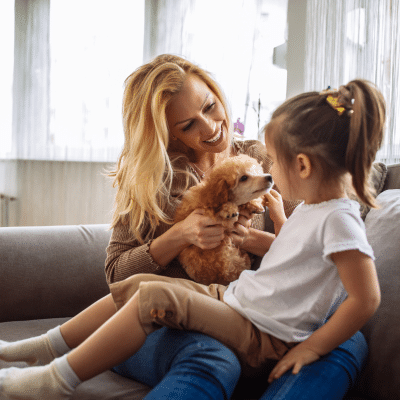
Training dog to sniff “politely”.
As much as we appreciate the natural instincts that drive our canine companions to sniff privates, we also understand the importance of teaching them polite and respectful greeting behaviors. In this section, we’ll explore some effective techniques for managing unwanted sniffing and creating a comfortable environment for any would-be guests.
Techniques for Redirecting a Dog’s Attention
- Use positive reinforcement: When your dog approaches a person without sniffing their private areas, reward them with treats, praise, or a favorite toy. This will encourage polite greetings in the future.
- Teach the “sit” or “watch me” command: By teaching your dog to sit or focus on you on command, you can redirect their attention away from inappropriate sniffing behavior.
- Offer an alternative: Provide your dog with atoy or treatto focus on instead of the person they’re greeting, allowing them to channel their curiosity elsewhere.
Encouraging Positive and Polite Greeting Behaviors
- Socialization: Expose your dog to a variety of people, animals, and environments from an early age. This will help them learn appropriate social etiquette and reduce their reliance on sniffing as a primary form of communication.
- Consistency: Make sure everyone in the household is on the same page regarding training and expectations. This will help your dog understand and adhere to the desired behaviors.
- Patience: Remember that training takes time, and it’s essential to be patient and consistent with your dog as they learn new behaviors and break old habits.
When to Consult a Professional
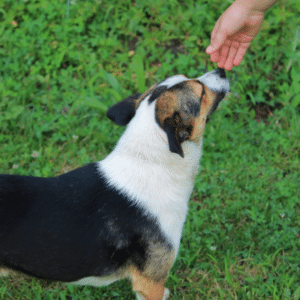
Dog trainer teaching a dog to sniff.
If you’re struggling to manage your dog’s unwanted sniffing behavior or if the problem becomes more severe, you may want to seek the help of a professional dog trainer. They can provide tailored advice and training strategies to address the specific needs of your dog, ensuring a happy and well-mannered furry friend.
By understanding the science behind our dogs’ sniffing habits and implementing these practical techniques, we can encourage polite greetings and foster a respectful relationship between our pets and the humans in their lives. And who knows, maybe our feline friends will appreciate the more refined behavior of their canine counterparts, too!\
In the wonderful world of pets, it’s essential to appreciate and understand the unique languages and behaviors of our beloved companions. By shedding light on the intriguing reasons behind dogs sniffing human private parts, we hope to foster understanding and compassion towards our canine friends, even when their behavior might seem odd to us.
At Banixx.com, we’re dedicated to providing you with the latest insights, tips, and advice to enhance the relationship between you and your pets, ensuring they remain happy and healthy. We understand that pet parents are always eager to learn more about their furry companions, and we’re here to support you on this journey.
But, until you need to use Banixx next, why don’t you do some light reading here at our blog? There’s tons of information here that can help you keep your dog happy and healthy.Here’s one of our favorites about dog bug bites(how timely, especially in summer!) or have you ever wondered about odd topics such asHow long can my do go without peeing?Or why does mydog insist on drinking from the toilet?Enjoy!






